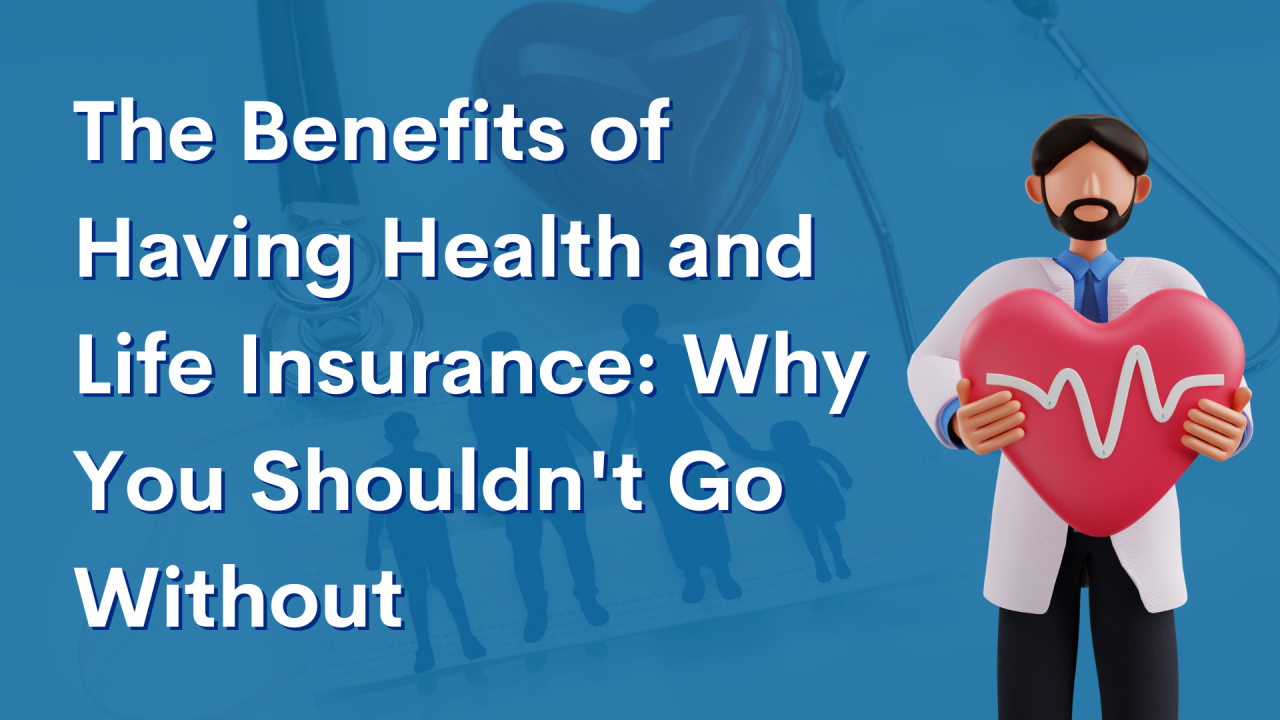The 10-Second Trick For Medicare Advantage Agent
The Single Strategy To Use For Medicare Advantage Agent
Table of ContentsNot known Details About Medicare Advantage Agent The Main Principles Of Medicare Advantage Agent Rumored Buzz on Medicare Advantage Agent

follows from adheres to the puzzling young age profile of the uninsured with the better healthFar better health and wellness average, standard younger persons. For those without accessibility to office health and wellness insurance, poor health and wellness is a possible barrier to buying nongroup coverage because such protection might be highly valued, omit pre-existing problems, or be just inaccessible. Unless otherwise noted, nationwide estimates of individuals without health insurance coverage and proportions of the populace with various kinds of insurance coverage are based on the CPS, the most commonly used source of estimates of insurance policy protection and uninsurance rates.

Medicare Advantage Agent for Dummies
Over a three-year duration starting early in 1993, 72 million individuals, 29 percent of the united state population, lacked coverage for a minimum of one month. Within a solitary year(1994), 53 million people experienced at the very least a month without protection(Bennefield, 1998a). Six out of every 10 uninsured adults are themselves employed. Working does improve the chance that one and one's family members will have insurance policy, it is not a guarantee. Even participants of families with 2 full-time breadwinner have virtually a one-in-ten possibility of being without insurance (9.1 percent without insurance rate)(Hoffman and Pohl, 2000 ). The partnership in between medical insurance and access to care is well established, as recorded later on in this chapter. The relationship in between health and wellness insurance coverage and health and wellness results is neither straight nor easy, a substantial medical and health services study literary works links wellness insurance protection
to improved enhanced to care, better quality, and improved enhanced and population populace wellness. The second record, on personal health and wellness results for uninsured adults, is represented by the innermost circle of the number, while the third report, on family well-being, encompasses the topics of the 2nd record however emphasizes a different device of evaluation, specifically, the family. The sixth record in the series will present info about approaches and efforts carried out in your area, statewide, or nationally to deal with the lack of insurance coverage and its unfavorable effects. Degrees of analysis for analyzing the impacts of uninsurance. This conversation of medical insurance protection focuses largely on the U.S. populace under age 65 since virtually all Americans 65 and older have Medicare or other public coverage.
In addition, it focuses specifically on those without any kind of medical insurance for any kind of size of time. The troubles dealt with by the underinsured remain in some aspects similar to those faced by the uninsured, although they are typically much less serious. Uninsurance and underinsurance, nonetheless, include clearly different policy issues, and the methods for addressing them may vary. Throughout this research and the five reports to comply with, the primary focus gets on individuals without health and wellness insurance policy and hence no help in spending for health treatment past what is available with charity and safeguard establishments. Wellness insurance policy is an effective factor influencing receipt of care because both patients and doctors react to the out-of-pocket price of services. Medical insurance, nonetheless, is neither necessary nor adequate to acquire access to clinical services. However, the independent and straight impact of health and wellness
insurance policy protection on accessibility to health services is well established. Others will acquire the health and wellness care they need even without this page medical insurance, by spending for it out of pocket or seeking it from suppliers who supply care complimentary or at extremely subsidized prices. For still others, medical insurance alone does not guarantee invoice of treatment as a result of other nonfinancial barriers, such as an absence of healthcare suppliers in their community, limited access to transport, illiteracy, or linguistic and social differences. Official research study about uninsured populations in the USA dates to the late 1920s and early 1930s when the Committee on the Expense of Healthcare created a series of records about funding medical professional workplace check outs and hospital stays. This issue ended up being significant as the numbers of medically indigent climbed up during the Great Depression. Empirical studies constantly support the link in between access to care and enhanced wellness end results(Bindman et al., 1995; Starfield, 1995 ). Having a routine resource of care can be considered a forecaster of accessibility, instead than a direct measure of it, when wellness end results are themselves used as accessibility signs. This expansion of the idea of access dimension was made by the IOM Committee on Keeping Track Of Gain Access To to Personal Healthcare find this Services(Millman, 1993, p. Whether moms and dads are guaranteed appears to affect whether their children receive care along with just how much careeven if the wikipedia reference children themselves have protection(Hanson, 1998). The health of parents can affect their capability to care for their children and the degree of household stress. Worrying concerning their kids's accessibility to care is itself a source of anxiety for moms and dads. Three phases follow in this report. Phase 2 supplies a review of how employment-based health and wellness insurance coverage, public programs and individual insurance plans run and engage to provide considerable yet incomplete insurance coverage of the U.S. population. This consists of a testimonial of historical fads and public policies impacting both public and exclusive insurance coverage, a discussion of the interactions among the various types of insurance, and an examination of why individuals relocate from one program to another or wind up
